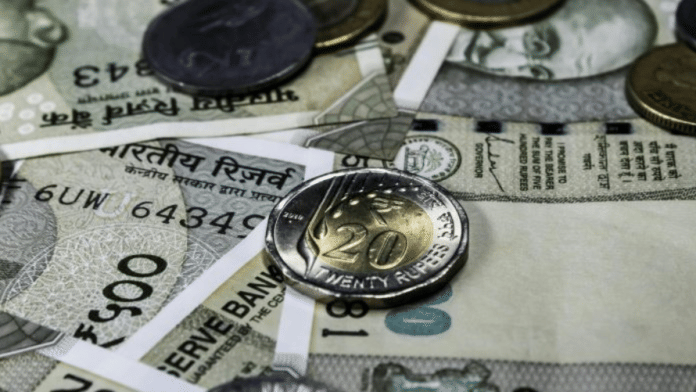Thank you dear subscribers, we are overwhelmed with your response.
Your Turn is a unique section from ThePrint featuring points of view from its subscribers. If you are a subscriber, have a point of view, please send it to us. If not, do subscribe here: https://englishdev.theprint.in/subscribe/
A fter leaving the defense services prematurely for medical reasons, in 2004, I started an MSME in Bangalore with an acquaintance from the private sector. While my partner looked after design and marketing I was in charge of all else. Our products were aimed at import substitution at higher end and replacing jugaad by nukkad manufacturers at the lower end. In about three years we had offers from an Indian Company and a German company for outright purchase of the Company. We ended up taking in the Indians as partners with an agreement to manufacture in India for the Germans. A sweet deal.
Over dinner with the Germans one day, I casually enquired why they wanted us to manufacture for them? The German honcho gave me two reasons. 1. The labor in Germany was a lot costlier than in India in spite of automation. 2. With a generous state social welfare system in place labor was hard to find. He continued, there are two level welfare system in Germany. In level I temporarily laid off workers were entitled to
- Living allowance known as unemployment benefit
- Help in finding work
- Training
This entitlement varied depending on many factors, the most important being that in a period of five years the recipient should have worked regular jobs or at least two years. (This is only a representative illustration and the fact on ground may vary). In level II all unemployed were entitled to a monthly dole of about Euro 500 without any condition. Most availed one of the two welfare schemes and moonlighted for extra income ensuring that a household of four never had to work much.
The question is; Is Germany a wealthy nation and is this a good form of equitable distribution of wealth? Obviously, the answer to both is a resounding NO. A nation’s wealth is not in its assets, but in the total value of its trade and commerce and the amount of labor it can command. The wealth contains the value of a certain quantity of labour which we exchange for what is supposed at the time to contain the value of an equal quantity. Such “distribution” of money through some schemes and subsidies etc. are only welfare measures where the rich are taxed for the purpose.
In the process of wealth assessment, there is a need to distinguish between poverty and inequality. Poverty is an economic construct. Inequality is a socio-economic concept. Conflating the two can muddy analyses. A study by Ajay Sharma of Indian Institute of Management Indore shows that within the eight poorest states, inequality as measured by the Gini coefficient, varies from 0.316 in Bihar to 0.476 in Chhattisgarh, while the estimate of the Gini coefficient is 0.378 in Tamil Nadu and 0.468 in Maharashtra. For India as a whole, Gini is estimated to be 0.446. Bihar’s inequality is lower than Maharashtra and Tamil Nadu which are richer (by per capita) states.
Moving millions out of poverty and the richer are getting even richer should not be seen as a binary trade off. The focus should be firmly on reducing the count of poor, rather than bring down the numbers of wealthy in a flawed quest to establish a more equal society by taking assets from the prosperous and giving it away to the less affluent through any means. It was fine for Robinhood to do it in a backward England ruled by despotic monarchs and landed aristocracy. A falling count of the poor would also mean that those previously counted as poor as getting better off. As Raghuram Rajan said recently at a panel discussion in Kellog, the efforts should be to raise the lower half rather than bring down the higher half.
The wealth of a nation includes:
1. Natural capital: marketable natural resources and quality and quantity of ecosystem.
2. Social capital: based on trust, civic engagement, and effective institutions enabling economic well-being and economic growth.
3. Human capital: as skilled and employable work force.
4. Produced capital: points to finance from public and private investments and the growth rate of natural resource extraction and the process to identify the best ways to invest (manufacture)
5. Finance capital: Financial asset accumulation as a share of national income both public and private aided by policy measures.
GDP growth is a necessary but not sufficient condition for robustly raising median living standards. It does not reflect the wealth or affluency of a Nation. It just indicates the quantity of economic activity. It also does not indicate rate of improvement in shared socioeconomic progress. The actual distribution of wealth is to involve as many of the people in the economic activities of the nation and compensating them in the ratio of their respective contribution.
These pieces are being published as they have been received – they have not been edited/fact-checked by ThePrint


